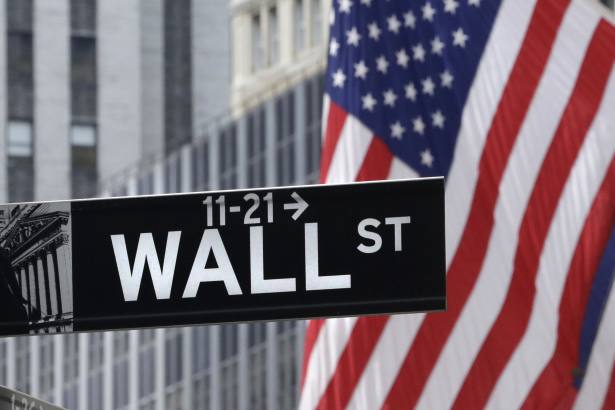
US equities, like most global stocks, have been on a rollercoaster ride throughout 2020 as the impact of Covid-19 started to be reflected in companies’ share prices.
On February 12 2020, the Dow Jones Industrial Average (DJIA) stood at 29,551, but tumbled to a low of 18,591 by 23 March 2020. Since then, stocks have climbed steadily back to their former highs.
The S&P 500 tells a similar story, falling from a high of 3,386 on 19 February to a low of 2,237 by 23 March, only to hit a new high of 3,626 by 16 November.
While the fluctuations of US equities are interesting in themselves, the return profile of US equity investment funds make for an even more intriguing read – particularly when the returns of funds with a strong ESG profile are compared to those funds without a strong ESG selection policy.
In August, as US equities markets had established their fightback, S&P Global Market Intelligence reviewed 17 ETFs and mutual funds that choose stocks based on their ESG credentials. It found that 14 of these funds outperformed the S&P 500 throughout the year to 31 July – helped in no small part by the outperformance of US technology stocks.
A separate study, published in September by the World Resources Institute, similarly concluded that most ESG index funds outperformed traditional index funds during the year.
Political influence
With the US presidential election resulting in a win for Democrat Joe Biden, investors are now anticipating even more investor interest in funds – and stocks – with a strong environmental profile.
In the build-up to the election, Mr Biden made pre-election promises to dedicate $2 trillion of investment into climate and environmental initiatives. This climate plan specifically targets green energy, such as renewable hydrogen, as well as transport and infrastructure, as part of his “Build Back Better” agenda.
“His plan is focused on many of the industries which vitally need to transition to be more aligned with net-zero,” explains Kristina Church, senior sustainability investment strategist at Lombard Odier Investment Managers.
“We believe this will signal to investors the need to focus on some of the more carbon-intensive sectors which need to decarbonize urgently. By selecting the best-in-class companies in these sectors, those that have understood the urgency of the transition and have laid out profitable business models for net-zero alignment, we believe investors can generate future returns.”
Sam Anthony, an analyst in the thematic equity team at fund group Ninety One, agrees.
He says: “Joe Biden has made a clear commitment to addressing climate change with plans to reach net zero by 2050. This commitment could include the US re-joining the Paris Agreement in addition to bringing climate expertise directly into his cabinet.
“Biden’s climate policy aims to achieve carbon neutrality in the power sector by 2035. Despite the Trump administration, renewable investment has been accelerating, but with an administration that supports the growth in renewable energy, the opportunity for clean utilities is even more attractive.”








